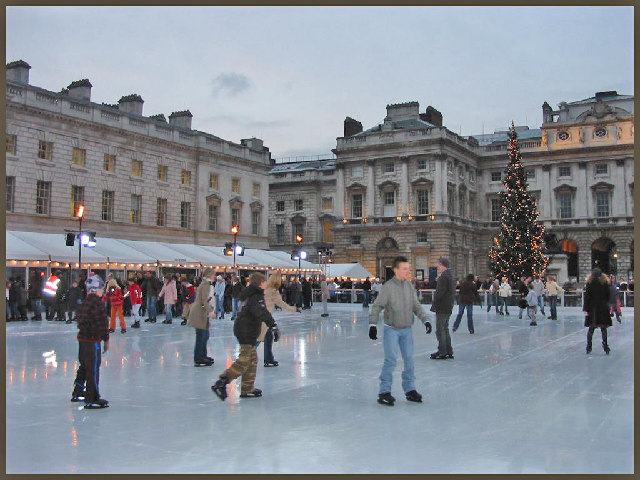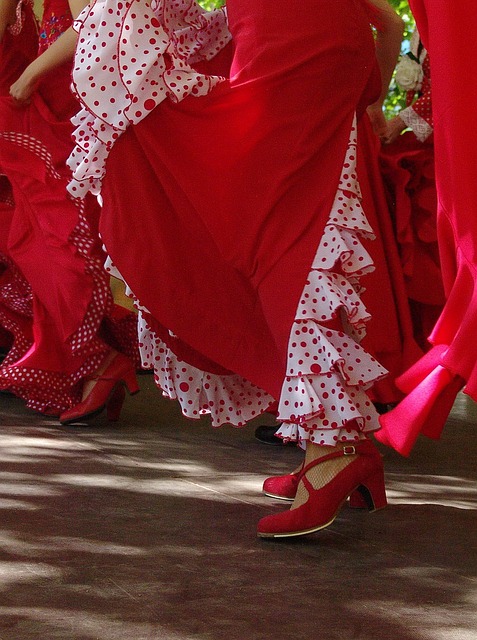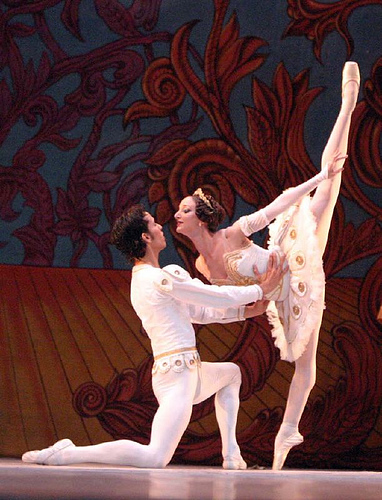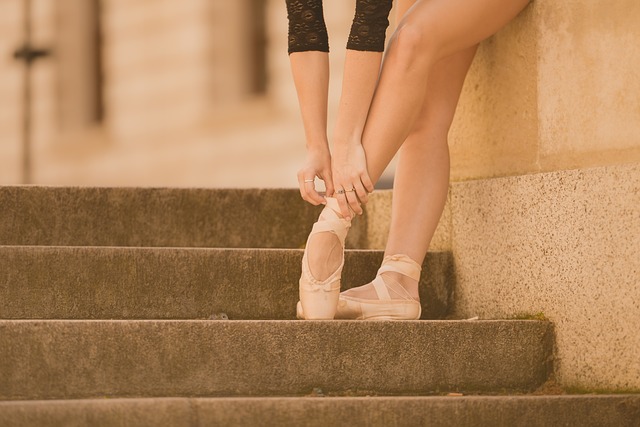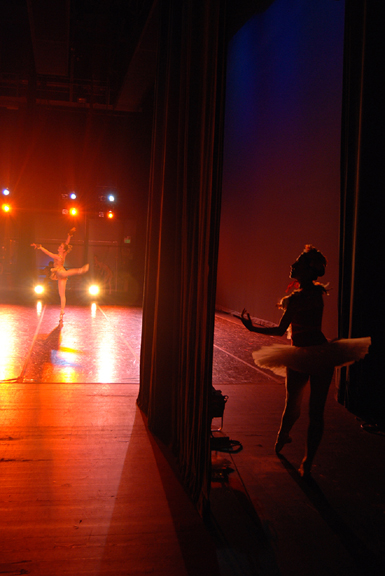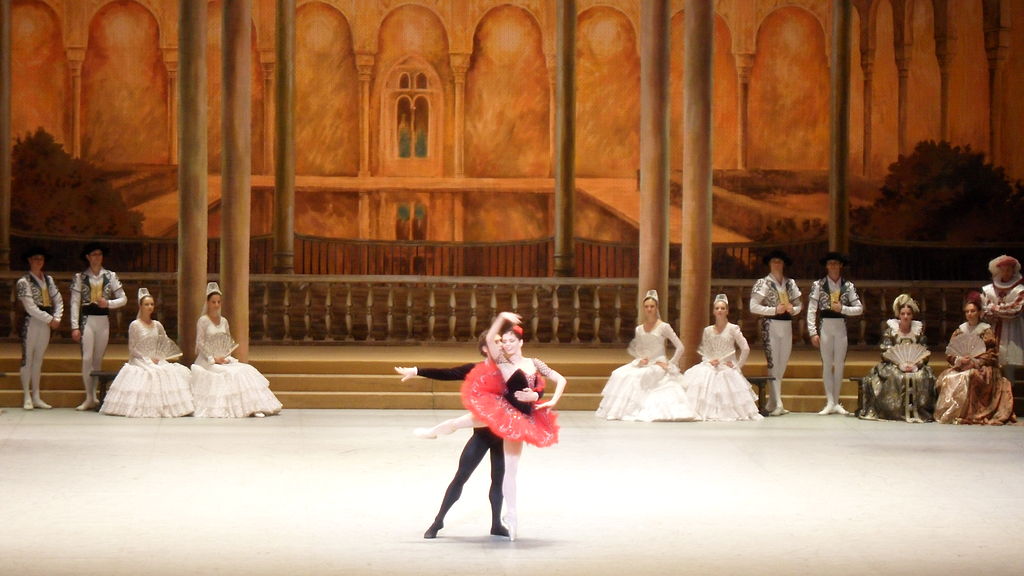DanceXchange and Birmingham Hippodrome launched the highly anticipated International Dance Festival Birmingham 2016 at the House of Lords on 17 November. Since 2008, IDFB has made its mark as a signature festival for Birmingham, bringing people together, widening dance horizons and providing new experiences. Produced by DanceXchange in partnership with Birmingham Hippodrome, IDFB 2016 will run from 1-22 May.
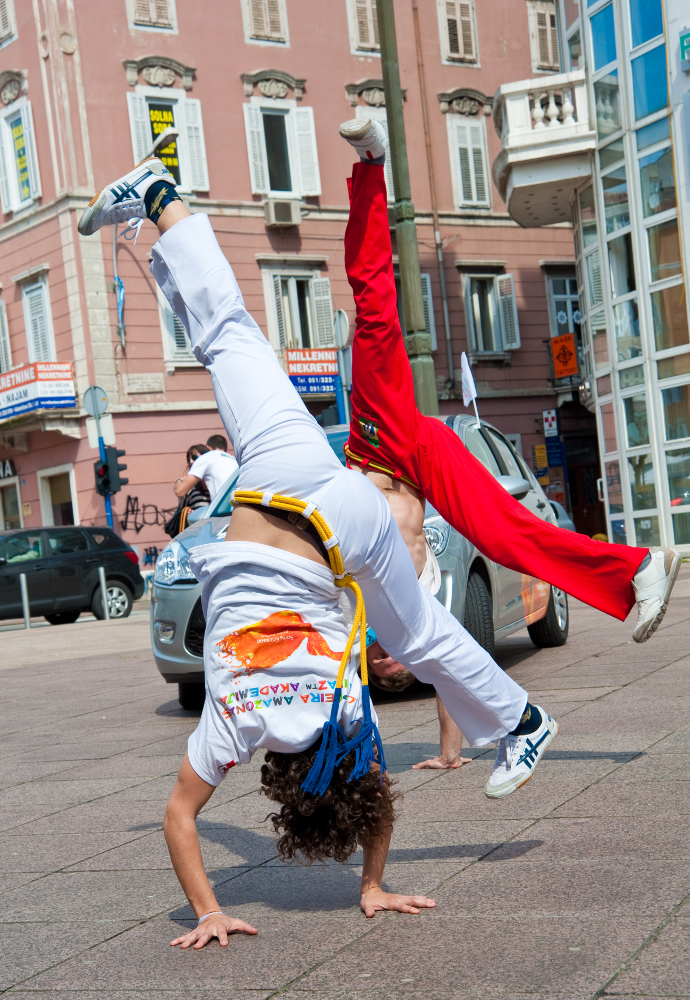 Once again, international companies will grace the city’s stages, distinctive new festival productions will enliven Birmingham’s streets and there will be a wealth of opportunities for people to take part in. From intimate to large scale, established venues to outdoor places and unusual spaces, IDFB 2016 will capture imaginations of local residents and visitors alike. The award-winning biennial dance festival will boast representatives from Belgium, Canada, Czech Republic, Cuba, France, Germany, Hungary, India, Japan, The Netherlands, New Zealand, Spain, Switzerland, Taiwan, UK and USA.
Once again, international companies will grace the city’s stages, distinctive new festival productions will enliven Birmingham’s streets and there will be a wealth of opportunities for people to take part in. From intimate to large scale, established venues to outdoor places and unusual spaces, IDFB 2016 will capture imaginations of local residents and visitors alike. The award-winning biennial dance festival will boast representatives from Belgium, Canada, Czech Republic, Cuba, France, Germany, Hungary, India, Japan, The Netherlands, New Zealand, Spain, Switzerland, Taiwan, UK and USA.
The festival will also present a range of shows in traditional theatre spaces across the city, from ballet to neoclassical, contemporary to physical theatre, hip hop to flamenco and circus. There will also be free performances, helping to engage shoppers and passers-by, attracting diverse new audiences and creating a buzz on the streets. The diverse programme for 2016 will see more new commissions, and an incredible five world and six UK premieres.
Specifically, headlining performances at Birmingham Hippodrome include a mixed bill from Nederlands Dans Theater 2, Carlos Acosta’s classical farewell tour, Cloud Gate Dance Theatre of Taiwan and Ballet British Columbia’s debut performance as part of IDFB. The festival has become a signature event for the city, creating new opportunities for artists, dance companies and producers, and offering audiences an exciting line-up of contemporary dance.
Dance: SAMPLED, a Sadler’s Wells production, will bring the Birmingham Hippodrome to life, with a selection of different dance styles on one night. Audiences can see some of the world’s best performers in styles from hip hop to tango, ballet, contemporary and South Asian. The line-up includes Wayne McGregor|Random Dance, Birmingham Royal Ballet, BBC Young Dancer finalist Vidya Patel and world tango champions German Cornejo and Gisela Gallessi, in addition to dance activities on offer before the show in the foyer.

